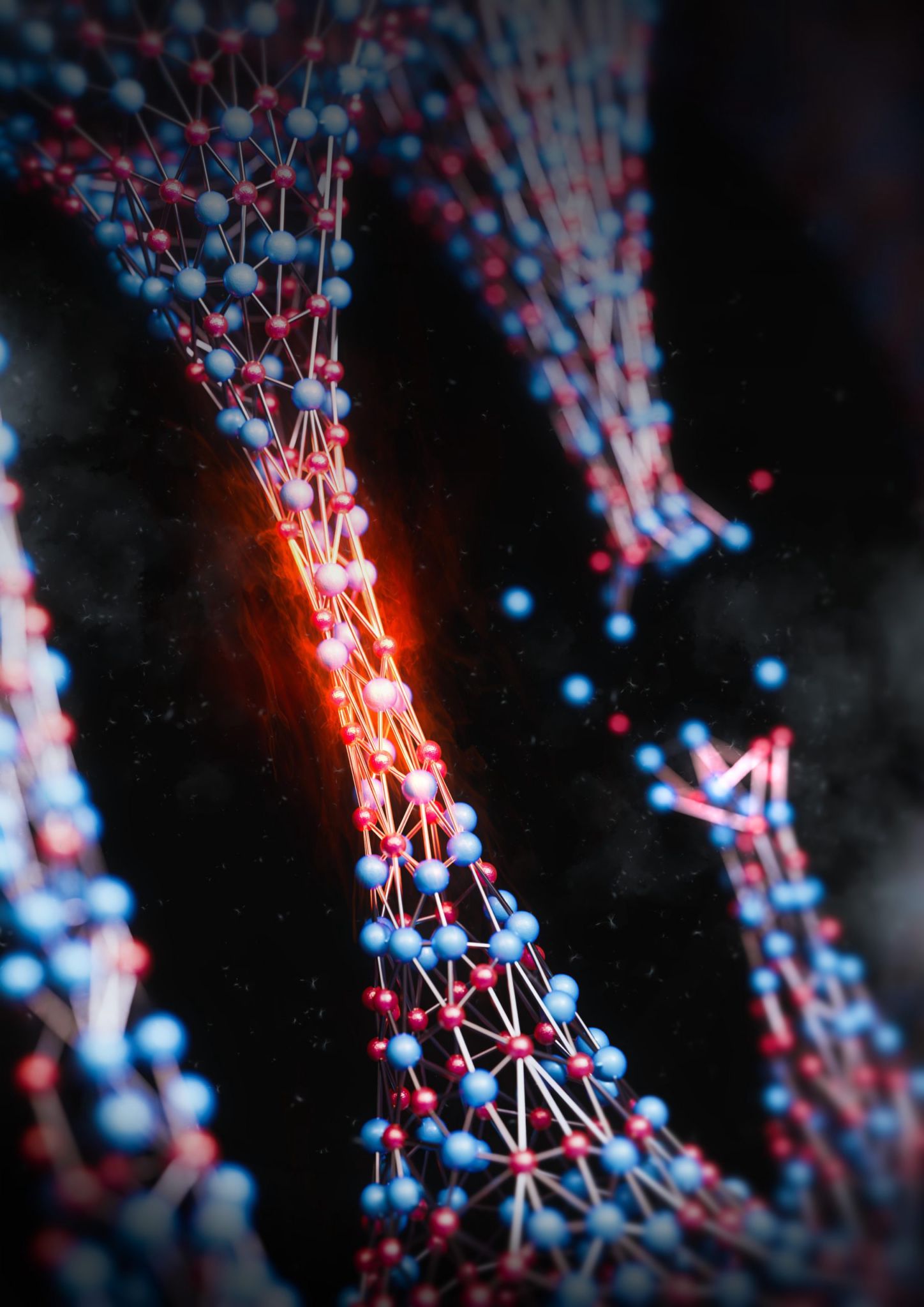10x Stronger Than Kevlar: Amorphous Silicon Carbide Could Revolutionize Material Science
(scitechdaily.com)
from L4s@lemmy.world to technology@lemmy.world on 10 Jan 2024 16:00
https://lemmy.world/post/10540683
from L4s@lemmy.world to technology@lemmy.world on 10 Jan 2024 16:00
https://lemmy.world/post/10540683
10x Stronger Than Kevlar: Amorphous Silicon Carbide Could Revolutionize Material Science::A new material that doesn’t just rival the strength of diamonds and graphene, but boasts a yield strength 10 times greater than Kevlar, renowned for its use in bulletproof vests. Researchers at Delft University of Technology, led by assistant professor Richard Norte, have unveiled a remarkable ne

threaded - newest
Wafer scale material. Nothing to see here, move along.
Wafers get up to about a foot wide. That’s pretty dope for such a strong material.
Weird comment considering that graphene is regularly produced in wafer scale.
Yes, but according to the quote it seems that production of wafer scale is “more difficult”, even if it can be done with some regularity. Difficulty doesn’t mean impossible, it could simply mean a higher failure rate.
I don’t understand that unit of measurement. How many football fields is that.
It’s about 1 millifurlong.
10GPa is about 2 billion footballers piled on top of a football field.
Approximately 1.72 SB (standard bananas)
Can I get the equivalent length in adolescent ring-tail lemurs?
Ah, you again! My friend from Southern Madagascar! As previously discussed, at the NIST consortium on standards and measures, ARTLs are only to be used for standards of mass, and in cute memes. They ARE so adorable!!!
So how much closer does this put us to a space elevator? Assuming mass production and fiber creation was even possible.
Not as strong as graphene or nanotubes, but still limited to the nanoscale in production.
Interesting material considering that one issue with graphene and carbon nanotubes etc tends to be that small defects in the crystal lattice majorly affect its mechanical properties. And it is very difficult to manufacture things with no defects. This being an amorphous material could mean that it is much more robust to local defects. Though I only skimmed the article.
We might see improvement on some deposition materials after the recent discovery on dolomite crystal formation.
Word “could” means it will never happen
I’d be more sceptical if it said “will”.
Defense industry will make this happen if it’s viable. War industry drives much of this. So we will see
I wish the article gave better explanation to how hard it is rather than just stating that it’s not brittle… Could revolutionize the cutting tools industry if it’s harder than cubicBoronNitride (CBN).